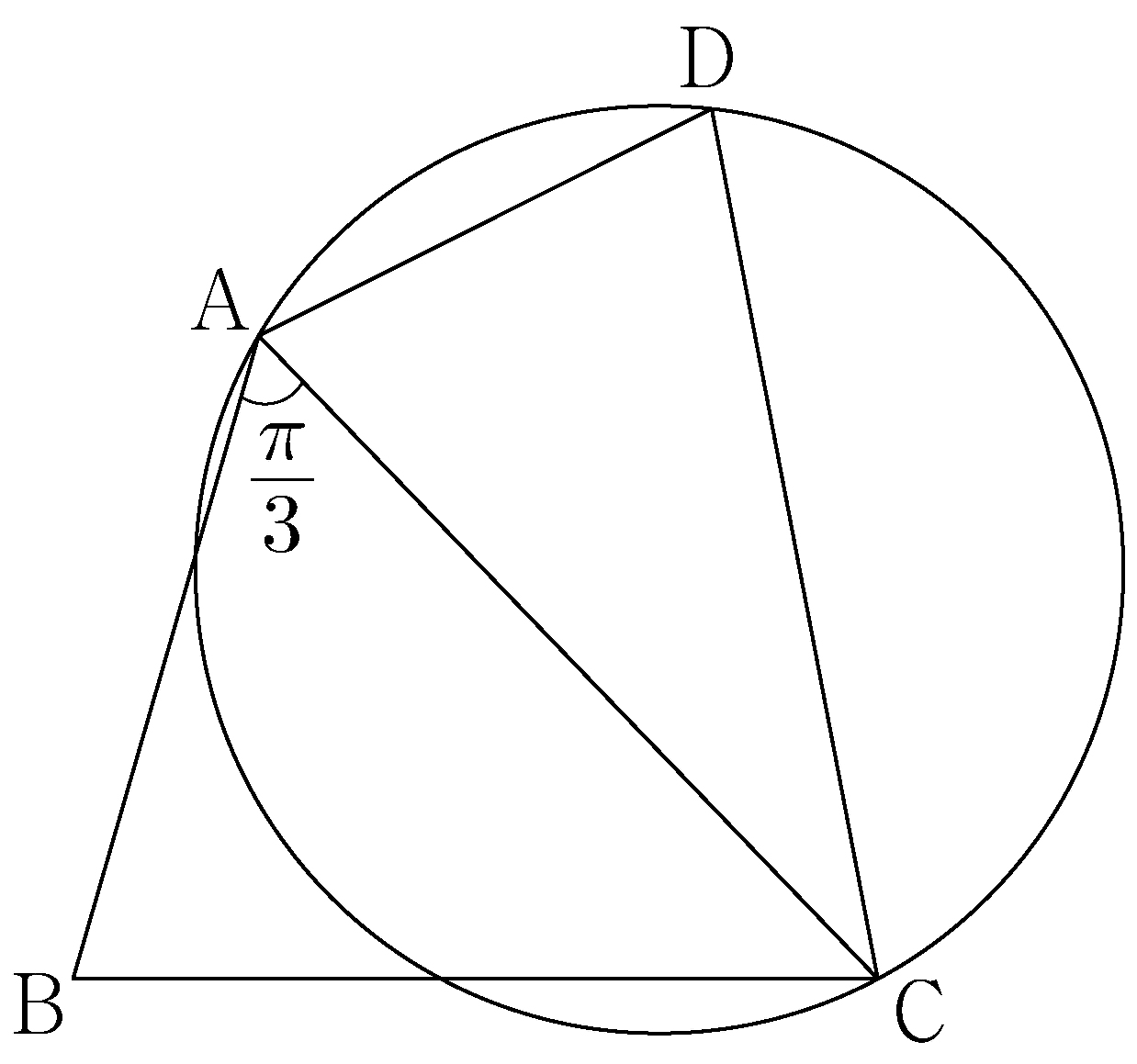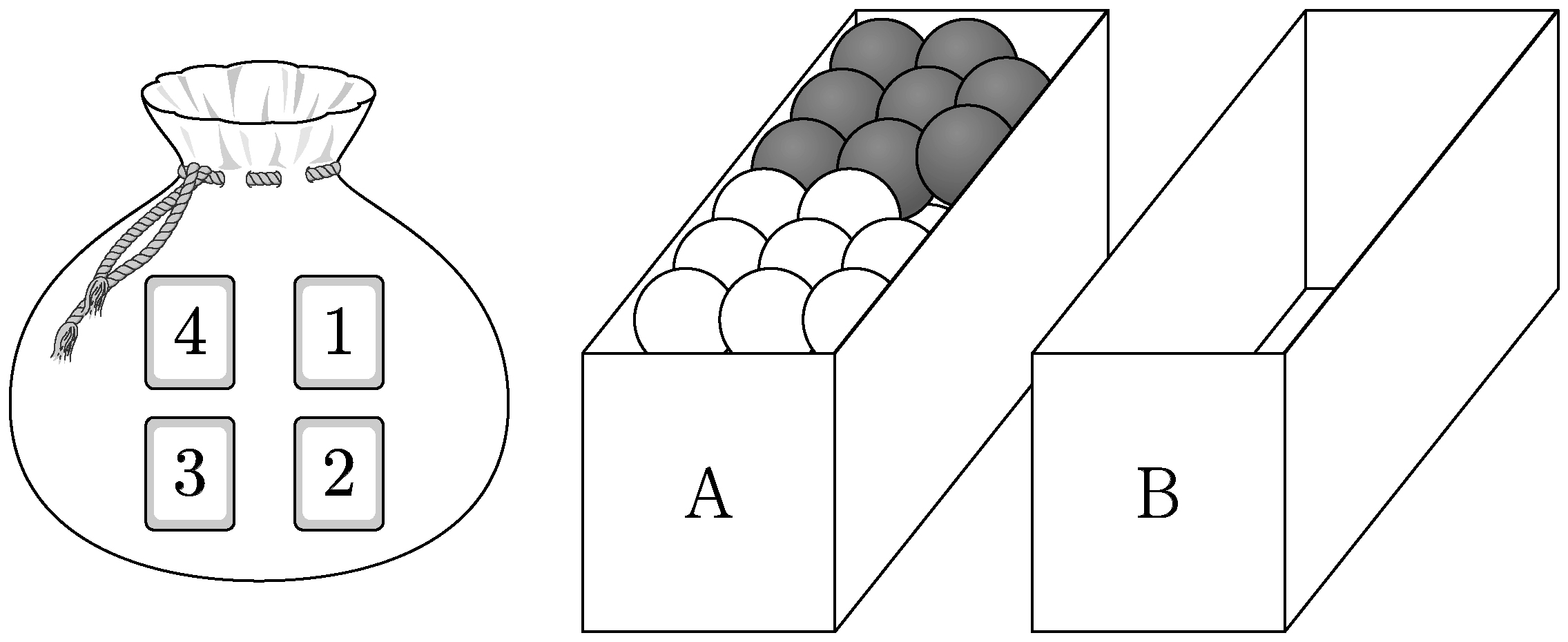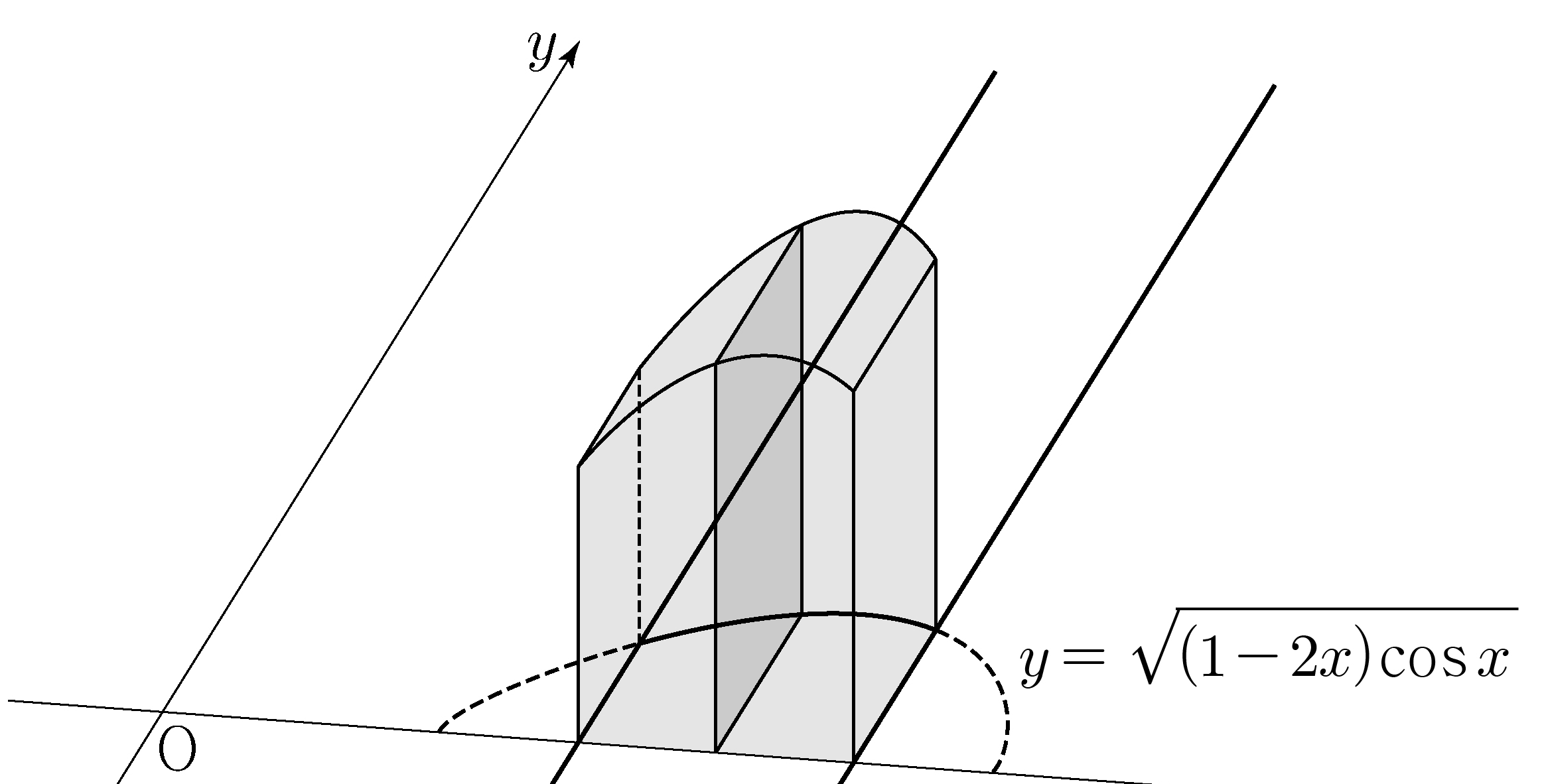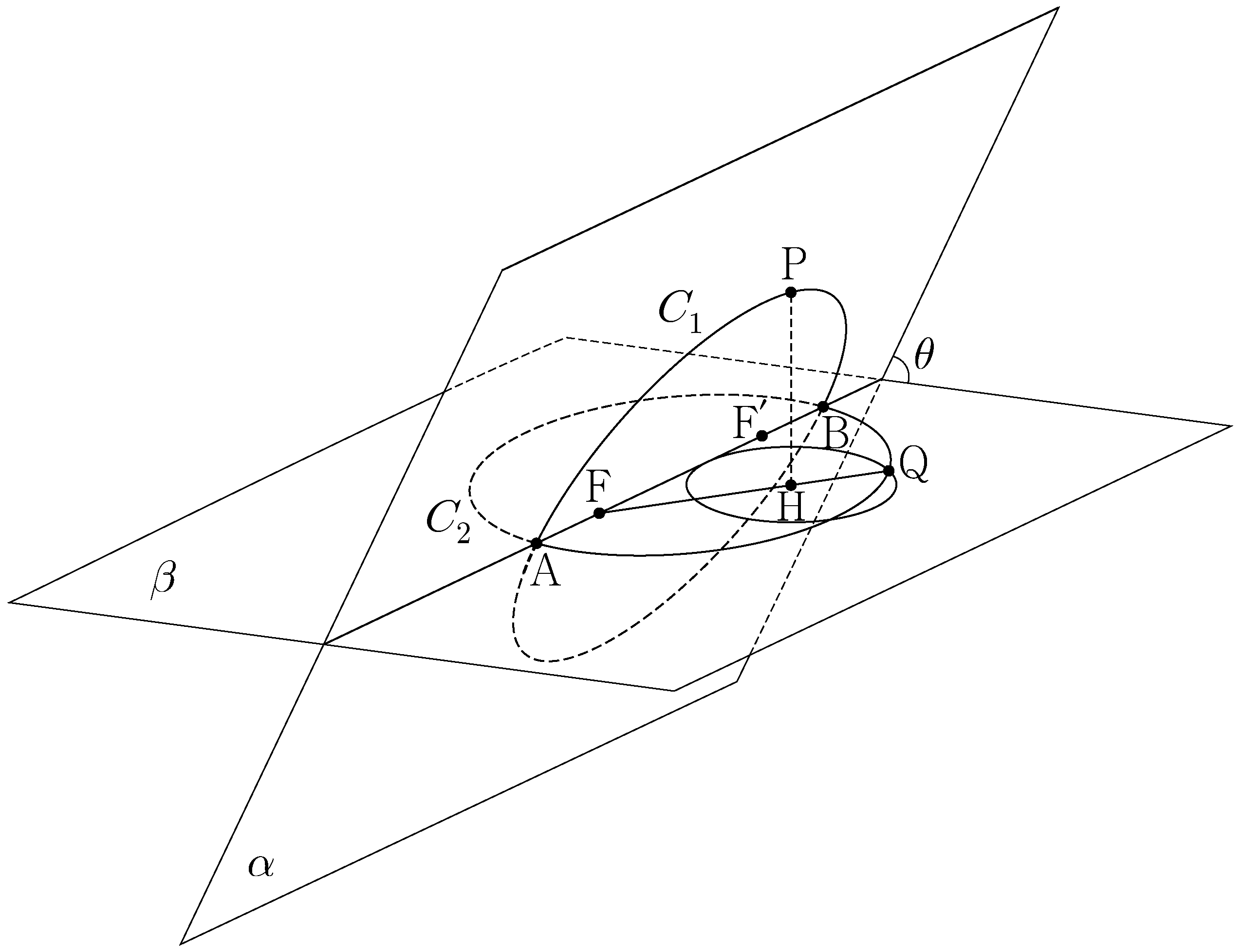- \(6\)
- \(7\)
- \(8\)
- \(9\)
- \(10\)
Mathematics
\(\overline{\mathrm{AB}} = 3,\: \overline{\mathrm{BC}} = \sqrt{13},\: \overline{\mathrm{AD}} \times \overline{\mathrm{CD}} = 9\)
and \(\angle \mathrm{BAC} = \dfrac{\pi}{3}\).
Let \(S_1\) be the area of the triangle \(\mathrm{ABC}\), \(S_2\) be the area of the triangle \(\mathrm{ACD}\),
and \(R\) be the radius of the circumcircle of the triangle \(\mathrm{ACD}\).
and \(\angle \mathrm{BAC} = \dfrac{\pi}{3}\).
If \(S_2 = \dfrac{5}{6}S_1\), what is the value of \(\dfrac{R}{\sin(\angle \mathrm{ADC})}\)? [4 points]

- \(\dfrac{54}{25}\)
- \(\dfrac{117}{50}\)
- \(\dfrac{63}{25}\)
- \(\dfrac{27}{10}\)
- \(\dfrac{72}{25}\)
\( f(x) =
\begin{cases}
2x^3-6x+1 & \; (x \leq 2)\\
\\
a(x-2)(x-b)+9 & \; (x > 2)
\end{cases}
\)
where \(a\) and \(b\) are positive integers. For a real number \(t\),
let \(g(t)\) be the number of points where the graph of the function \(y=f(x)\) meets the line \(y=t\).
It is given that there is exactly \(1\) real number \(k\) that satisfies
\(\displaystyle g(k) + \lim_{t\to k-}\!g(t) + \lim_{t\to k+}\!g(t) = 9\).
Among all pairs of positive integers \((a, b)\) that satisfy this condition, what is the maximum value of \(a+b\)?
[4 points]
- \(51\)
- \(52\)
- \(53\)
- \(54\)
- \(55\)




